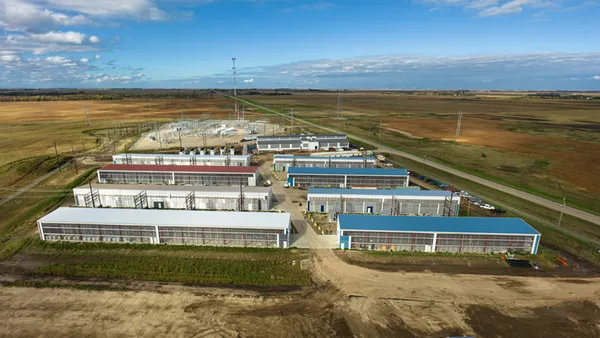Dive Brief:
- A report released Tuesday by the National Association of Regulatory Utility Commissioners explores how states can encourage development of a more flexible electric grid through performance-based ratemaking. In particular, the report examines approaches that advance demand flexibility and grid interactive efficient buildings, known as GEBs.
- Regulators are increasingly interested in how to encourage utilities to develop technologies capable of shifting and shedding loads through “alternative regulatory frameworks,” said Danielle Sass Byrnett, senior director of the NARUC Center for Partnerships and Innovation.
- One challenge is that traditional demand-side management programs “often lack incentive to increase investments, as the utility’s investments have historically resulted in a simple passthrough,” the report notes.
Dive Insight:
Hawaii began using a PBR framework in 2021, setting out potential penalties and rewards for utilities to develop demand flexibility. The state is one of three case studies examined in NARUC’s report, “Demand Flexibility within a Performance-Based Regulatory Framework.”
The performance mechanisms Hawaii enacted “include various metrics related to the advancement of demand flexibility, including grid investment, transportation electrification, asset effectiveness, customer engagement and interconnection experience,” Leodoloff Asuncion, Jr., chair of the Hawaii Public Utilities Commission, said in a statement announcing the report.
The Hawaii commission approved incentives for improvements to smart meter rollout, customer engagement, equity, affordability and improving interconnection times for smaller distributed resources. “By collecting a robust data set and establishing transparent and well-defined metrics, our regulatory framework creates clear expectations for the utility,” Asuncion said.
The NARUC report also looks at PBR efforts in Vermont and Colorado.
“Across state public utility commissions, we see parallel trends in wanting to increase demand flexibility in ways that benefit customers and the grid while also responding to state legislative directives to pursue alternative regulatory frameworks,” Sass Byrnett said.
Implementing demand flexibility through an “effective regulatory framework that creates collaborative utility programs can ultimately lower customer costs, enhance system resilience and reduce GHG emissions,” NARUC’s report says.
A broad deployment of smart technologies and demand management programs “can enable utilities and distribution grid operators to leverage [demand flexibility] technologies and GEBs to reduce generator ramping needs and potentially offer additional grid services at the distribution level,” the report concludes.














